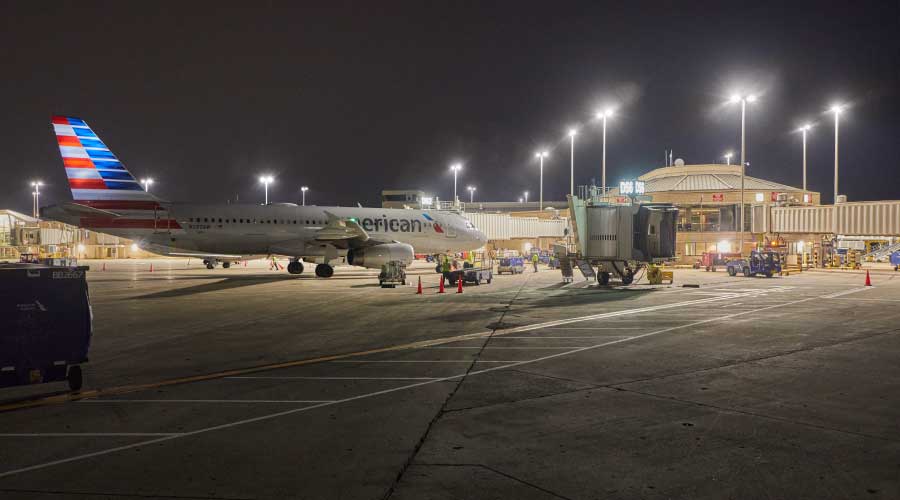Service Considerations Can Help Shape Lighting Controls Upgrades
Another key consideration when evaluating a new lighting control system is its "serviceability," Hollner says. What can the facility manager handle, and for advanced problems, how easily and quickly can help be obtained? These service considerations can help shape lighting control upgrades.
Facility managers also will want to consider how well various lighting schedules can be tied to a common interface, which is more efficient than needing multiple interfaces.
Indeed, the ongoing user-friendliness of a lighting control system can be critical, given that many remain in use for more than a decade, Albrecht points out. In addition, it's not unusual to have just one or two members of the facility staff work with the systems on a regular basis. In order to ensure that the lights continue to operate smoothly even if these individuals leave or retire, "you want systems that are easy to use and remotely accessible," he says.
Installation And Commissioning
Once a new lighting control system is selected, spending time upfront on planning and training can minimize the risk of programming errors and other mistakes coming to light later.
Proper installation and commissioning become even more important as more lighting systems incorporate such features as daylight harvesting and dimming capabilities.
If the facility team engages an outside contractor for the installation, it may be worthwhile to hire a firm with expertise in controls installation, or even a firm certified in this area, says Carlos Villalobos, director of product marketing with Watt Stopper. For instance, the California Advanced Lighting Controls Training Program (CALCTP) educates and certifies licensed C-10 electrical contractors and state-certified general electricians in the programming, testing, installation, commissioning and maintenance of advanced lighting control systems.
"The most important aspect of commissioning is to ensure the controls system is operating according to the design intent," Villalobos points out. For example, if the design indicates a 20-minute delay on occupancy sensors, commissioning should confirm that the requirement is met.
Some energy codes, such as ASHRAE 90.1-2010 and California Title 24-2013, identify specific commissioning and functional testing requirements, says Villalobos. Even if a project is not required to comply with these codes, the requirements can serve as useful guidelines for ensuring optimal performance through the use of effective commissioning, they add.
For many systems, it makes sense to schedule a follow-up commissioning visit after the system has been live for a while, Hollner says. "If you haven't lived with and operated a new lighting control system, you don't know what you don't know."
Related Topics:













